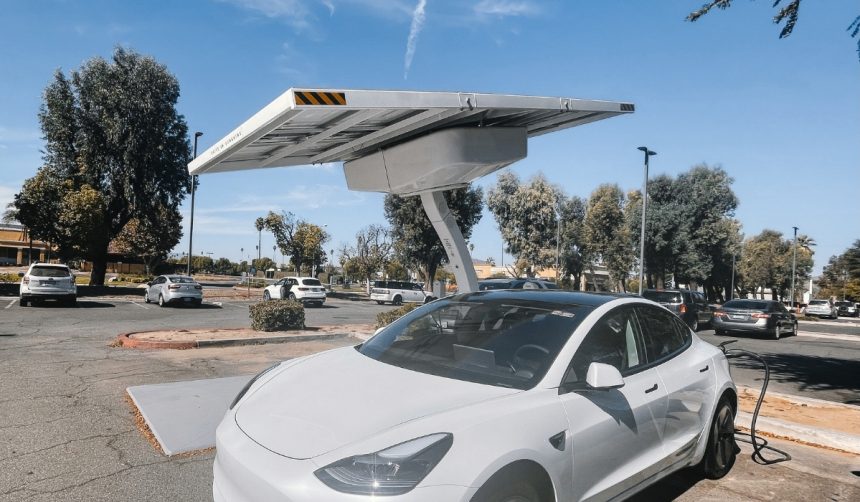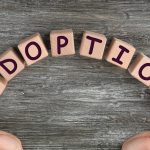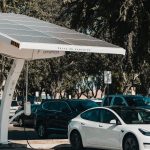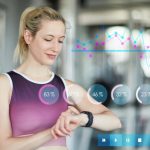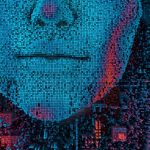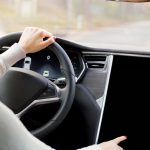Tesla‘s ambitions in autonomous vehicle technology are taking a new direction as the company secures approval to test its Robotaxi platform in Arizona. The move follows similar permits obtained in Texas, California, and Nevada, signaling Tesla’s commitment to broadening its self-driving services throughout the United States. Residents and industry watchers have noted a steady increase in both the operational area and the number of riders using Tesla’s Robotaxi service, particularly since the company’s public rollout in Austin. Interest in the technology has grown as Tesla aims to gain regulatory approval in all 50 states, a strategy highlighted earlier this year by CEO Elon Musk.
The timeline of Tesla’s Robotaxi rollout shows a rapid increase in state-level filings and approvals when compared to earlier efforts, which often encountered delays due to unclear regulatory requirements and public safety concerns. Previous reports indicated that trial operations in California and Texas featured heavy oversight, with assigned safety drivers closely monitoring each ride. Now, momentum has accelerated with two new state approvals in recent weeks, reflecting not just improved regulatory relationships, but also more adaptive policies regarding autonomous vehicle testing. Earlier years involved cautious pilot programs limited to select riders, but the current expansion demonstrates a shift toward wider accessibility and confidence in Tesla’s Full Self-Driving (FSD) suite.
What Does Arizona’s Approval Mean for Tesla’s Robotaxi?
Arizona’s transportation authorities granted Tesla permission to perform public road testing of its Robotaxi using a version of the Full Self-Driving suite that has yet to be broadly released. This decision reinforces Tesla’s position as a frontrunner in U.S. autonomous vehicle deployment and expands its operational testing grounds from California, Texas, and Nevada. According to information issued by state regulators, all testing in Arizona will require a trained safety driver or monitor, with flexibility on whether this individual must sit in the driver’s or passenger’s seat. This approach resembles Tesla’s operational model in Austin, where safety monitors can switch seats depending on road conditions.
How Do Tesla’s Safety Procedures Differ Between States?
Tesla implements varying safety protocols across its test locations. The company confirmed,
“Only a trained employee, contractor, or other person authorized by the company can operate or monitor the vehicles.”
In Austin, for instance, safety monitors occupy the passenger seat in city driving, moving to the driver’s seat when the route involves highways. Meanwhile, in California, regulations stipulate that the monitor remains in the driver’s seat at all times, underscoring the state’s stricter requirements. The introduction of “Safety Drivers” in Arizona, who are authorized and trained employees or contractors, suggests Tesla will likely tailor its monitoring processes to meet specific state rules and expectations.
What Are Tesla’s Expansion Plans for Its Robotaxi Service?
Elon Musk previously indicated that about half of the U.S. population could gain access to Robotaxi rides in the near future, highlighting aggressive growth targets for the service. After successfully implementing Robotaxi in metropolitan hubs like Austin and the Bay Area, Tesla’s focus on regulatory navigation continues as the company files applications in additional states. CEO Musk has stated,
“We are committed to making self-driving Robotaxi rides available across the nation as soon as we can clear regulatory paths.”
This steady stream of new approvals demonstrates Tesla’s adaptable strategy in negotiating regulatory demands while maintaining the operational safety of its autonomous vehicles.
Tesla’s recent progress in Arizona not only widens its testing terrain but also offers important insights into the evolving regulatory landscape for self-driving technologies in the U.S. Unlike initial pilot stages, where approvals spanned months or years, the quicker pace of current authorizations points to a changing perception of autonomous driving viability among lawmakers and agencies. For consumers, the expansion opens up new opportunities to participate in and provide feedback on Robotaxi services, while for competitors, it raises the bar on operational compliance and scalability. Those who closely monitor the sector should note both Tesla’s calibrated approach to safety differentiation between states and the growing responsiveness from state governments willing to pilot autonomous services.
- Tesla received approval to test Robotaxi in Arizona.
- Arizona is the fourth state to allow Tesla’s autonomous vehicle testing.
- Safety driver protocols will adapt based on specific state regulations.

